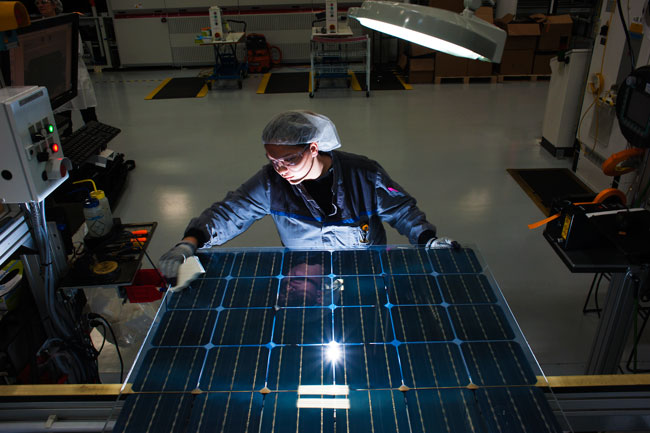
A SolarWorld worker in the USA inspects a bifacial solar panel. Pic: SolarWorld
German and US based manufacturer of top quality solar panels, Solar World AG launched their new bifacial solar modules in late 2015 at the industry trade show Solar Power International. However it was this month’s announcement of the first rollout of the new SolarWorld solar panels in the United States that has set tongues wagging. [Read more…]

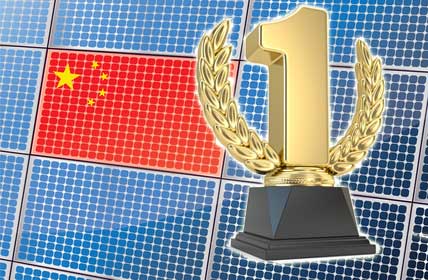
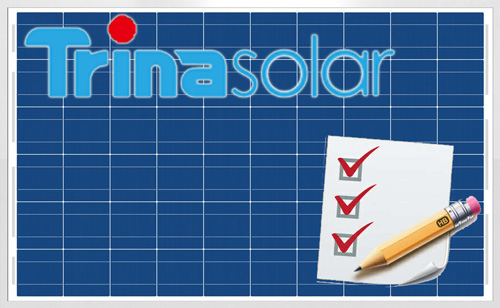
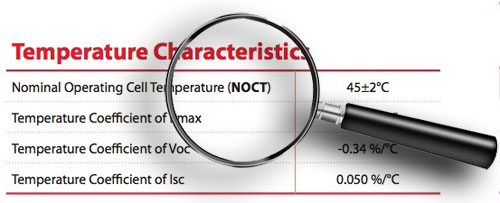
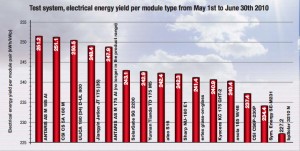
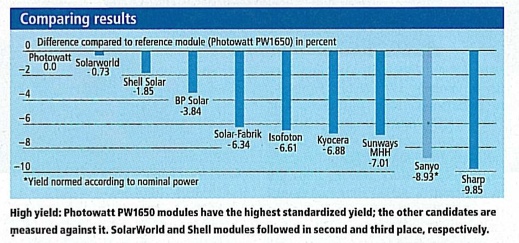
 RSS - Posts
RSS - Posts



Currently Raging Debates: